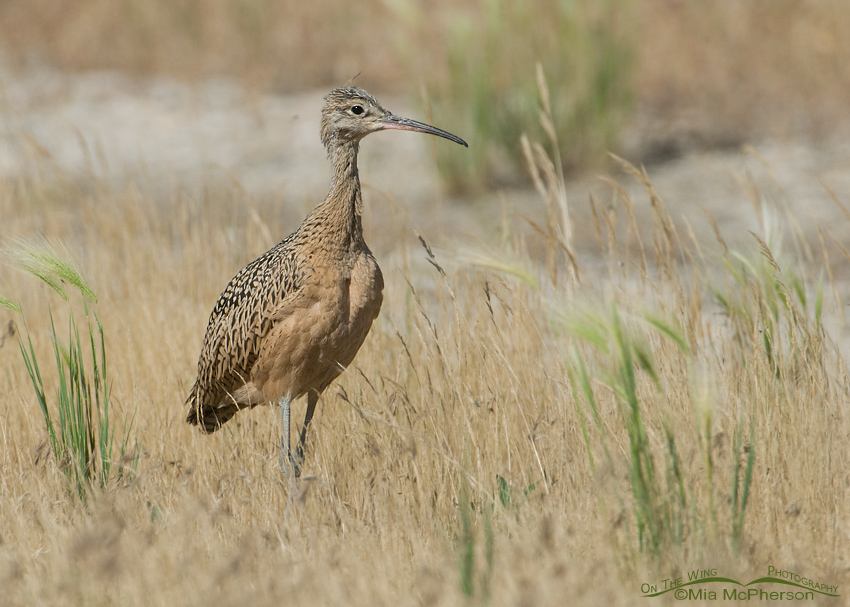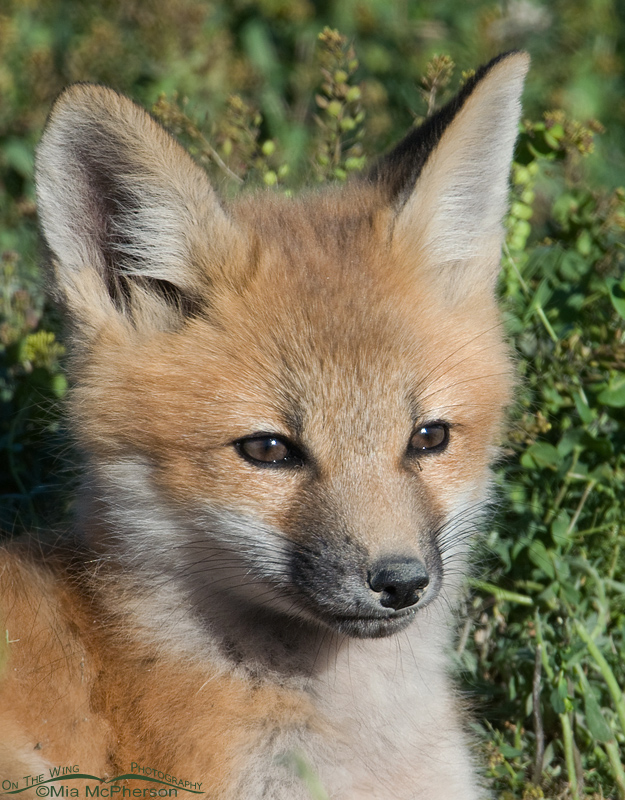 Long-billed Curlew chick – Look & photograph but don’t touch
Long-billed Curlew chick – Look & photograph but don’t touch
Yesterday I became aware of two photographers in Florida who went beyond what is considered “ethical” to get photos of a Sandhill Crane chick and it ticked me off. Another photographer was able to take images of the photographers and it ended up in the news.
One of the photographers, or rather one of the guys with a camera, was petting the Sandhill Crane chick and per Cathy Terry, the photographer who took images of them:
“When I zoomed in on the photo, I realized he had his hand crooked under the neck and his finger like that,” she said, demonstrating. “Holding it up so the other guy could get a close up of the chick’s face.”
The article originally said that these cranes are endangered and that wasn’t correct but they are protected under the Migratory Bird Treaty Act – Antigone canadensis, Sandhill Crane.
These guys with cameras should not have approached the crane chick so close and they certainly should not have been touching it. The fact that they made the news can damage the reputation of other bird and wildlife photographers which possibly could put new and harsher restrictions on the rest of us. It was a dumb thing to do, period.
These guys with cameras showed a lack of wildlife ethics and quite frankly that is not acceptable.
A good place to read about good field ethics is Principles of Birding Ethics published by the American Birding Association.
 Red Fox Kit portrait – Look & photograph but don’t touch
Red Fox Kit portrait – Look & photograph but don’t touch
Young animals can look adorable but they shouldn’t be touched either. I recall the day I photographed several Red Fox kits, they were curious and came right up to the pickup and I believe if I had been outside of it they would have come right up to me. That could have caused them problems by getting them used to people.
“Any contact with an animal, especially when they’re young, can make them less afraid of humans and more suspect to getting hurt,” stated Officer Baryl Martin of the Florida Fish & Wildlife Conservation Commission.”
Both of the images here were taken with a long lens to reduce stress on the young animals.
I do hope that non-photographers and the general public know that behavior like this is an exception and that ethical photographers would not have gone up and petted the Sandhill Cranes.
Mia


As you know, that’s one of my favorite venues. They recently had to install video cameras on one of the trails to monitor for idiots throwing rocks at an alligator nest to “make the babies do something” so they could get a picture. The density of the wildlife there may soon result in severe restrictions on public access due to the irresponsible actions of a few.
I don’t recognize the jerks in the photo, but will most certainly be watching for them during future visits.
– Wally
Wally, I thought of you when I read about this because I know that you visit this location often. I’m sad to hear that people are throwing rocks at the alligators to get pictures. It sickens me to think that the rotten behavior of a few could possibly mean more restrictions on those of us that respect wild life.
Hi Mia
Thanks for this post. It seems as photography gets more and more popular, the number of these types of incidences increases. We had a rather a similar scenario here in Wisconsin a few weeks ago where some “professional guys with cameras” were baiting a Great Grey Owl (http://www.youtube.com/watch?v=p8MNvJe0oN0). If there’s any upside, the “good” people with cameras, such as yourself, are helping to raise more awareness to an issue which, unfortunately, isn’t a new on.
Ken, I followed that Great Gray Owl story too and it irks me that the
photographersguys involved just did not seem to give a crap about the welfare of that owl.I wish that videos of photographers being respectful and ethical would go viral too so that the general public would know not every photographer is unethical.
Excuse me, I meant: Konrad Lorenz (NOT Konrad Lawrence).
I found out about this through “Dina’s City Wildlife Adventures” blog, she also brought this up, and was there. Young animals go through what Konrad Lawrence called “imprinting”, a very sensitive period in which they do not discriminate who their parents are and can be very vulnerable to humans’ attempt to mimic parenting. This is why my favorite lens has always been the 100-400mm zoom, because I can stand further back and zoom in; and also get more depth of field, as well as not invade the animal’s privacy.
Good point Maria, imprinting is strong in cranes that is why they use hand puppets to raise orphaned young.
Mia
The Florida Sandhill Cranes are listed as endangered, Sandhill Cranes in the rest of the country are not endargered
Myer, thanks for bringing that up, I’ve been away from Florida for so long I had forgotten the Florida race of Sandhill Cranes is endangered.
I agree with you. Beautiful long range photography, and that is the way, thank you Mia.
Thanks Bob, I do hope these guys are aware now that what they did was very wrong, they put that chick’s life in danger and they should never have been so close.
This reminds me of the people in Florida riding the Manatee. Hope the baby ends up being okay.
Bonnie, this reminded me of the lady who rode the Manatee too, my friend Steve Leach is the photographer who photographed that woman an his photo went viral. I feel these guys should have known better than to do what they did.
Oh my gawd! Stupid people beget stupid people. It is wildlife…do not touch idiots! Those were the same guys that as kids ignored the “don’t feed the animals” signs at the zoos too I bet.
Sherry, they may have been the kids that ignored the “don’t feed the animals” signs at zoos. Today I saw a video from California where two women/girls (the video quality was poor) kicking seals. That made my blood boil too.
What a shame Mia, some people have no respect and they could potentially ruin things for other wildlife photographers. Love your photos in this post.
I agree Susan, thoughtless actions like this could ruin things for the rest of us by authorities placing further restrictions on photographers. And having a camera in hand while being in nature doesn’t always mean they are “nature photographers”.
Excellent job Mia. I totally agree.
Thanks Ricky, I wish the photographers who do dumb things would realize what they are doing is wrong.
hi mia,
thanks for the nice pictures, and thanks a lot to share the information about silly photgraphers who play with the chick.. very sad and stupid !!!
only specialised people can handle the wild species, and only when it s necessary.
here, in france, all the species are wild enougth can cannont be approched, all pictures must be done with camouflage and patience, no risk to see same thing, finally it s good like that.
see you soon
Eric, it is sad when people treat wild animals like they are pets or animals in a petting zoo. They are putting the birds/animals at risk. The ethical photographers would never have done this.
very nice!